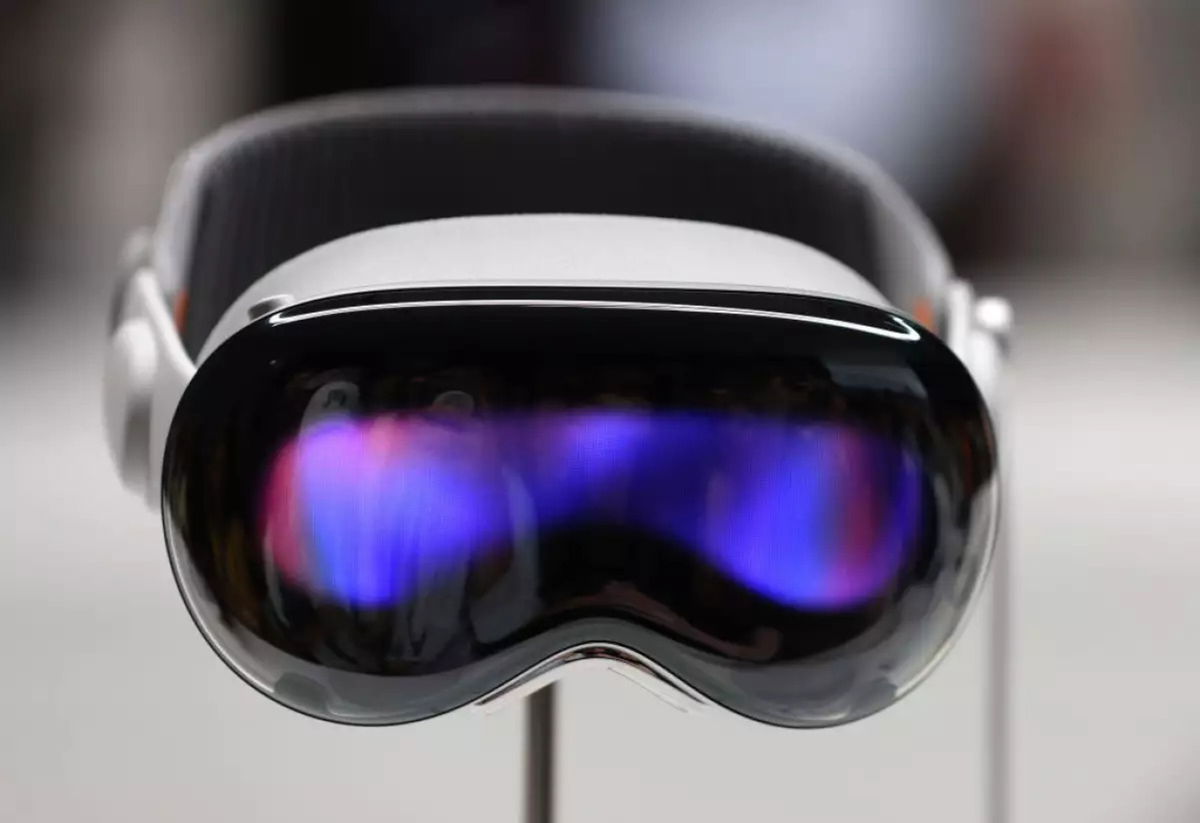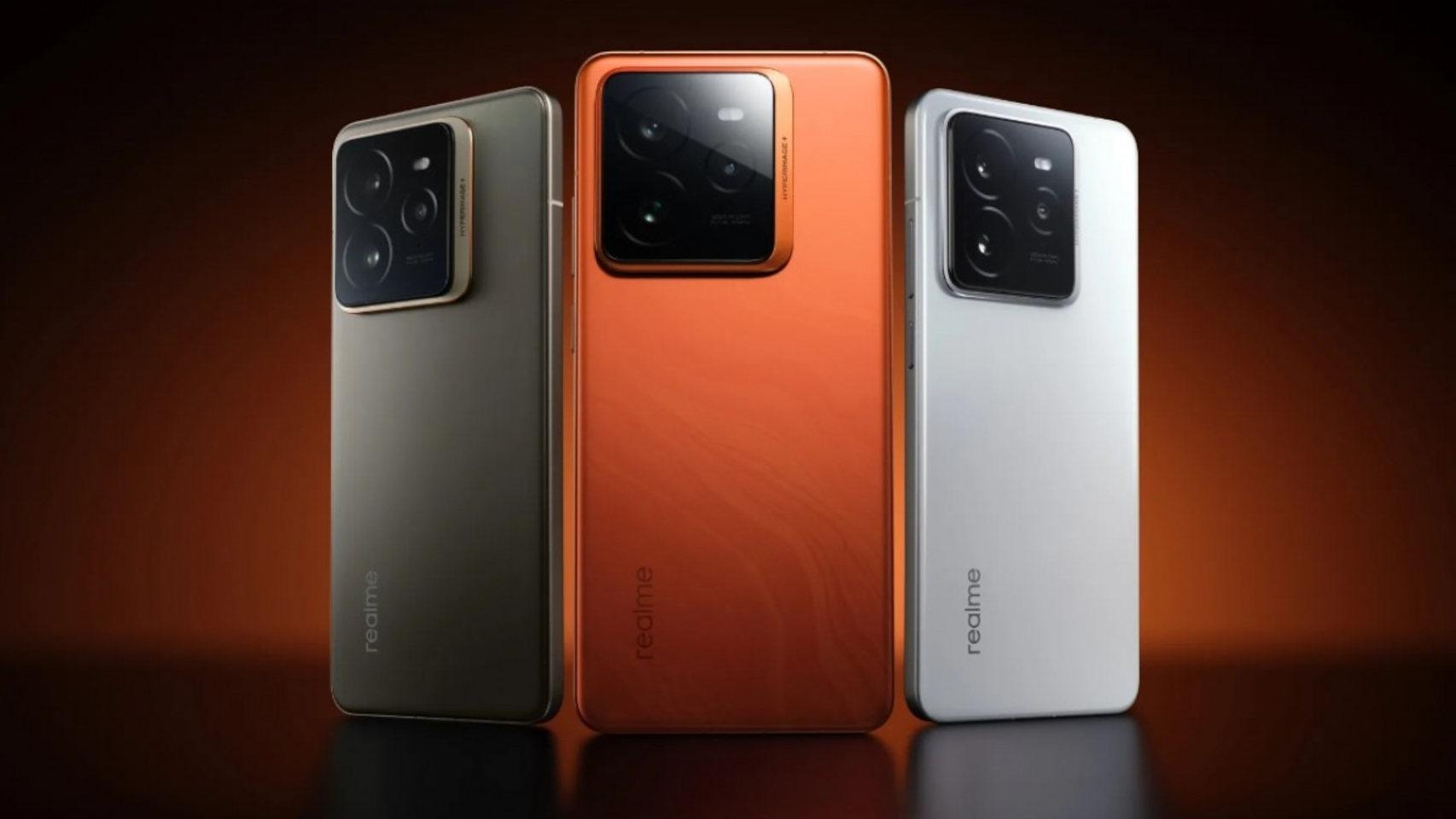Apple’s next version of macOS, which we now know will be called Ventura, won’t be officially released until later this year, but many of its features are already known to us after Apple revealed them at the WWDC 2022 in June.
Those who want to test the beta can already install macOS Ventura, but the rest will have to wait until next fall. The question is, will it introduce enough improvements to upgrade the Mac from Monterey to Ventura?
In this article, we compare Ventura to Monterey and list the new features coming to your Mac. But before you get too excited, keep in mind that your Mac might not be able to run Ventura or only support certain features. .

What news is coming to Ventura versus Monterey?
macOS has been significantly overhauled over the past few generations. Big Sur brought a revamped interface, introducing new features like Control Center and revamped Notification Center.
This has been extended in macOS Monterey with the addition of new features in FaceTime such as Voice Isolation to improve sound and SharePlay to enjoy content with others while on the call.
Monterey also brought continuity tools like AirPlay on Mac, which lets you view other Apple devices on your larger screen. The main feature, Universal Control, only arrived in March 2022 and lets you share a mouse and keyboard between Mac and iPad.
macOS Ventura is coming with a ton of new features that go beyond what Monterey introduced, refining and improving some features we’ve enjoyed for years.
As usual, a big part of what the new version of macOS brings is better Mac integration with your iOS and iPadOS devices, but there are other new features that only Mac users will appreciate.
Here are the main differences between macOS Ventura and macOS Monterey:
visual organizer
One of the new design changes highlighted at WWDC is the visual organizer. Its purpose is to facilitate movement between the multiple applications that we have open on our desktops.
Think of it as an evolution of Spaces and Exposé, two useful features that have been on our Macs for a long, long time. If you’re using the visual organizer, you’ll see groups of apps and windows on the left of your screen so you can group the things you’re working on, instead of cluttering your screen with everything you’ve got open. .
To the left of the app you’re working on, you’ll see other open apps. If you have multiple windows for one of them, they will be stacked to make things easier. Clicking on any item in the left column will immediately bring it to the front to replace the one you were using.
In the case of an application with multiple windows open, clicking on the first one in the Visual Organizer area will bring it to the front and move the stack forward to display the next window. Clicking on the stack will cycle through the open windows until the one you want is found.

Granted, you can do a lot of this in macOS Monterey (and several earlier versions) through Spaces, which creates individual desktops where you can separate apps, reducing clutter.
So if you’re already working that way, the visual organizer might not be a huge leap forward.
Projector improvements
Spotlight is already a powerful way to find apps, files, and other content in macOS Monterey. In macOS Ventura, Apple has improved Spotlight to better integrate with other Apple devices you have.
For example, you can easily find photos in your iCloud Photo Library, as well as on your hard drive or on the web. Do you need a photo of a lighthouse? Type keywords into Spotlight and many images will appear for you thanks to the machine learning that Spotlight uses to recognize image content.
Spotlight in Ventura will also support the Live Text feature that was added in iOS 15, allowing you to interact with text in these images, which is pretty cool.
Apple has also strengthened the results pane, making it larger, so you can get richer search results with more information about topics at your fingertips.
You can also start timers from Spotlight, which can be really useful if you always use the Clock app on your iPhone, because you can’t set timers or alarms on your Mac.
Mail is one of the best apps that lags behind many third-party alternatives. This should change in macOS Ventura, as Apple will finally introduce some features that have been available in other apps for some time.

Among them is the option to unsend, which recovers the emails you sent by mistake. You’ll also be able to schedule emails to be sent at specific times, and Mail will monitor messages sent and remind you if there’s no response yet so you can follow up.
There are also improvements to search, with more detailed results and adjustments to Software that help you find what you’re looking for even if the search term isn’t spelled correctly.
Safari
In macOS Monterey, tab groups have been introduced, which allow users to create a group of tabs that can be accessed separately from others.
This means you can create collections of tabs for certain things, like the first thing on the morning news, buying certain products, or gathering information for a project.
Now, in macOS Ventura, you can take things a step further with new shared tab groups. It works similarly, but also lets you share the tab groups with others who can also collaborate.
This can be really useful when planning trips together, working collaboratively on projects, or just sharing fun things you find online with friends.
Privacy is always a concern on line and macOS Ventura takes this into account with a new feature called “access keys”. It’s basically an alternative to locally created passwords and for sites and apps using Touch ID or Face ID.
Best of all, the information never leaves your Mac, so it can’t be stolen from company web servers or tampered with in emails sent to you. It’s just the beginning, but Apple’s goal is to completely remove passwords, and we’re fine with that.

Continuity chamber
One of the most important features of macOS Monterey was the universal control, which allows you to use the keyboard, the touchpad or mouse interchangeably on the iPad and Mac, with the added bonus of being able to drag content between the two devices.
All of this is achieved through continuity and transference. In macOS Ventura, Apple continues to take advantage of these technical capabilities with a new feature called Continuity Camera. This instantly turns your iPhone into a webcam for your Mac.
As you may know, webcams on Mac are somewhat underwhelming, so it makes sense to be able to use your iPhone’s far superior rear cameras.

It supports center and portrait lighting, and if your iPhone has an ultra-wide lens, it can also split the view between you and the contents of your desk. Very clever.
Handoff also makes it easy to make FaceTime calls between your Mac, iPhone, or iPad in Ventura, so you can pick up the call on your iPhone as you walk to your desk, then switch from your iPhone to the Mac.
Should you upgrade to macOS Ventura?
Along with all these changes, Apple also announced that macOS Ventura will feature improved gameplay through Metal 3, along with updates to Notes, Dictation, Home, Reminders, Apple News, Weather, and even the Clock app.
All of this will make macOS Ventura a worthy successor to macOS Monterey.
The only thing to keep in mind is that Apple has announced that several Macs won’t make the cut and won’t be supported, so take a look at our guide to Macs that will get macOS Ventura to see if your device is in. is part.
If so, and you don’t want to wait until later this year to try the new features, you can always read our guide on installing the macOS Ventura beta.
Original article published on igamesnews.com.
Table of Contents







